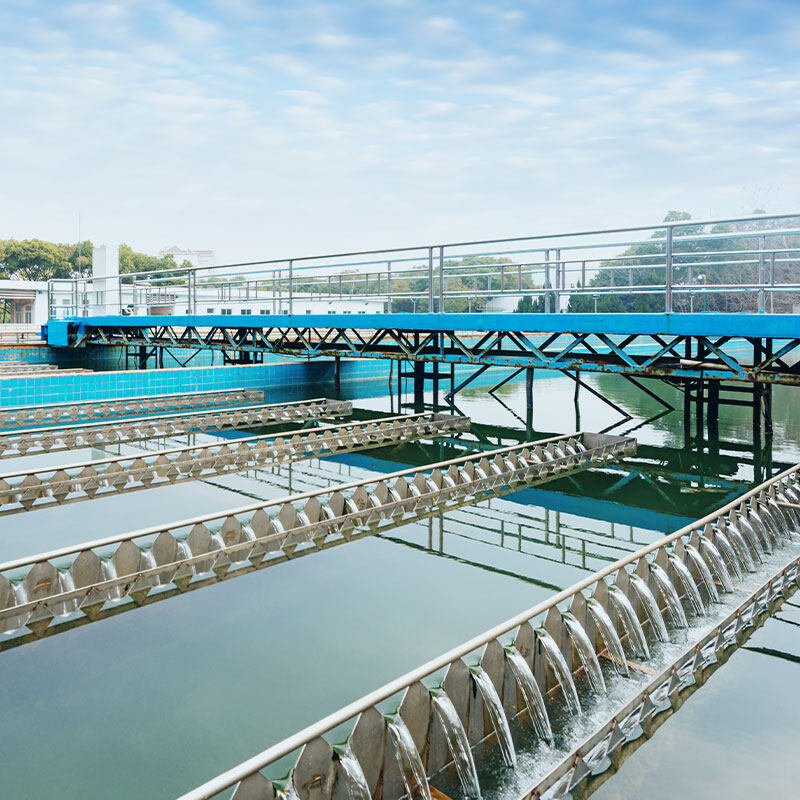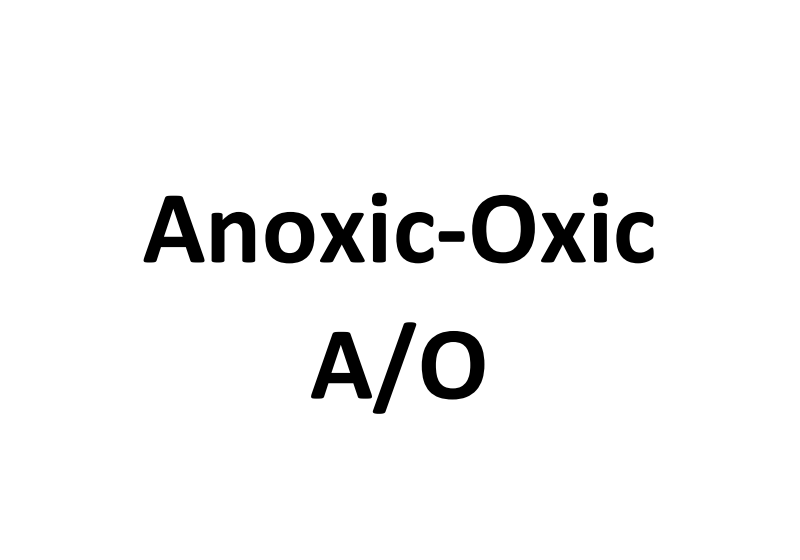Introduction of A/O Process
A/O process is also called Anoxic-Oxic Process.
A (Anoxic) is an anaerobic section for nitrogen and phosphorus removal.
O (Oxic) is an aerobic section used to remove organics from water.
Advantages of A/O Process
- Simple system, Low operation cost and Small land occupation.
- The cost of adding external carbon source is saved by using the carbon containing organics and endogenous metabolites in the raw sewage as the carbon source.
- The Anaerobic tank is in front, because denitrification consumes part of carbon source organics, which can reduce the load of aerobic tank.
- The aerobic tank is at behind,the organic matter can be further removed.
- The alkalinity of denitrification can compensate the alkalinity consumption of nitrification process.
Characteristics of A/O Process
The anaerobic tank is in front,the organic carbon in the sewage is used by the denitrifying bacteria, which can reduce the organic load of the subsequent aerobic tank. The reduction caused by denitrification can compensate the demand for alkalinity for nitrification in the aerobic tank.
The aerobic tank is at behind, the residual organic pollutants in denitrification can be further removed to improve the effluent quality.
The removal rate of BOD5 is higher than 90~95%, but the effect of nitrogen and phosphorus removal is poor. The nitrogen removal efficiency is 70~80%, and the phosphorus removal efficiency is only 20~30% However, due to its simplicity and outstanding characteristics, A/O process is still widely used.
The A/O process can also combine anoxic tank and aerobic tank, with baffle plate in the middle to reduce the project cost, so this form is conducive to the transformation of the existing push flow aeration tank.
Differences between Anaerobic and Aerobic Biological Treatment
Anaerobic biological treatment is to use anaerobic bacteria to remove organics in wastewater, which usually takes a long time. Anaerobic process can be divided into hydrolysis stage, acidification stage and methanation stage.
Anaerobic biological treatment is a biological treatment method that facultative bacteria and anaerobic bacteria degrade and stabilize organic matter without free oxygen. In the process of anaerobic biological treatment, complex organic compounds are degraded and transformed into simple compounds, and energy is released at the same time.
Aerobic biological treatment is a treatment method that aerobic microorganism degrades organic matter to make it stable and harmless in the presence of free oxygen (molecular oxygen). Microbes use organic pollutants (mainly dissolved and colloidal) in wastewater as nutrient sources for aerobic metabolism. After being ingested by microorganisms, about one-third of organic substances are decomposed and stabilized through metabolic activities, and provide energy for their physiological activities; About two-thirds of them are transformed and synthesized into new protoplasm (cytoplasm), that is, microorganisms grow and reproduce themselves. The latter is the growth part of activated sludge or biofilm in wastewater biological treatment. It is usually called surplus activated sludge or biofilm, also called biological sludge. In the process of wastewater biological treatment, biological sludge needs to be further treated and disposed after solid-liquid separation.
The reaction speed of aerobic biological treatment is fast and the required reaction time is short, so the volume of treatment structures is small. In addition, less odor is emitted in the treatment process. Therefore, at present, aerobic biological treatment is basically adopted for organic wastewater with medium and low concentration, or organic wastewater with BOD concentration less than 500mg/L.
#QDEVU #WATERTREATMENT #WASTEWATERTREATMENT #SEWAGETREATMENT



